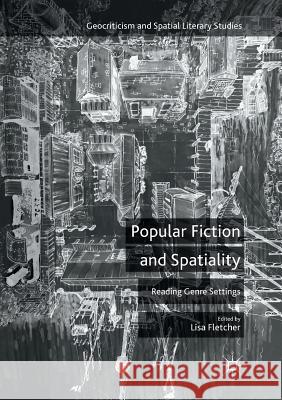Popular Fiction and Spatiality: Reading Genre Settings » książka
topmenu
Popular Fiction and Spatiality: Reading Genre Settings
ISBN-13: 9781349954070 / Angielski / Miękka / 2018 / 220 str.
Kategorie:
Kategorie BISAC:
Wydawca:
Palgrave MacMillan
Seria wydawnicza:
Język:
Angielski
ISBN-13:
9781349954070
Rok wydania:
2018
Wydanie:
Softcover Repri
Ilość stron:
220
Waga:
0.29 kg
Wymiary:
21.01 x 14.81 x 1.3
Oprawa:
Miękka
Wolumenów:
01
Dodatkowe informacje:
Bibliografia
Wydanie ilustrowane
Wydanie ilustrowane











